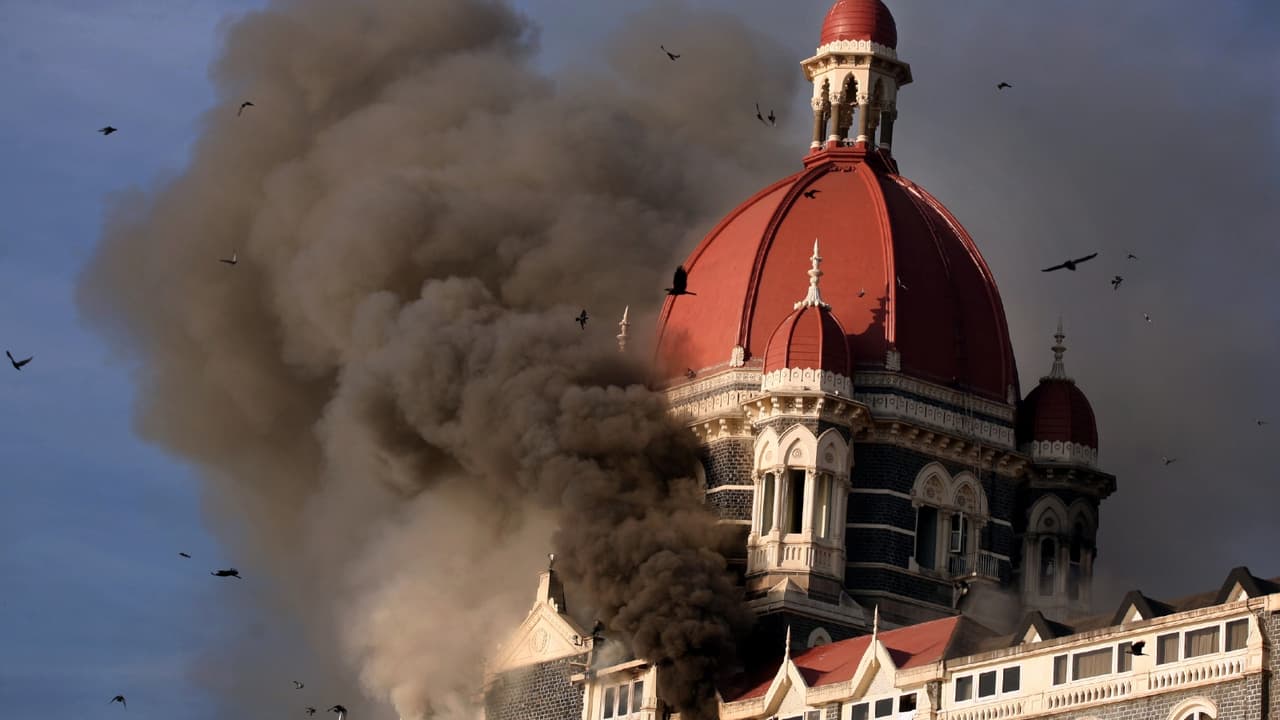26/11 Mumbai Attack: Do you know who were the attackers in 26/11 Mumbai attack, how was the entire plan made, who was punished and who is still in trial. From Kasab’s court decision to updates related to Headley, Tahawar Rana, Lakhvi and Hafiz Saeed. Know everything.
26/11 Mumbai Attack Full Story: 26 November 2008… That night in Mumbai still gives shivers to people. On one hand, the city was busy with its daily routine and on the other hand, the terrorists who came by sea route, within a few hours, threw Mumbai under the shadow of terror. The fire in Hotel Taj, the sound of bullets at CST station, smoke rising from Nariman House, all these pictures shook the country. But this attack not only caused pain, but also raised many big questions on India’s security system, investigative agencies and justice system. For this reason, the court battles and decisions that took place after 26/11 are still discussed. Know who were the attackers who carried out the 26/11 terrorist incident, how the investigation was conducted, which accused were punished and in which cases the hearing is still going on.
What was the 26/11 attack and how did it happen?
The 26/11 attack was actually a completely planned terrorist operation. Several places were attacked simultaneously, including Hotel Taj, Oberoi-Trident, Chhatrapati Shivaji Terminus, Leopold Cafe, Cama Hospital and Nariman House. The terrorists entered Mumbai via sea and made the city hostage for several hours. About 160 people lost their lives in this attack, while more than 200 people were injured.
Who were the attackers of 26/11?
A total of 10 terrorists were involved in the attack. Nine of them were killed in the encounter, but one, Ajmal Kasab, was captured alive. This arrest later proved to be the biggest link in the investigation, which exposed the truth of the entire operation, training and planning that took place in Pakistan.
How was Kasab caught?
Kasab’s arrest was no less than a film scene. Sub-Inspector Tukaram Omble caught hold of his gun and controlled it without fearing for his own life. Due to this bravery, India got a witness who made the truth of the entire attack clear.
Read this also- 26/11 Timeline: What happened between 26th November and 29th November…
Who planned the 26/11 attack?
The 26/11 conspiracy was hatched in many layers. David Headley traveled to different cities of India and collected every little information about hotels, beaches and crowded areas. He got help in doing this work from Tahawar Rana, who gave him cover in the name of business. The real masterminds of the attack were considered to be Lashkar-e-Taiba’s top operators Hafiz Saeed and Zakiur Rehman Lakhvi, who handled everything from training to complete planning.
How was Kasab punished?
The court imposed a total of 86 serious charges against Ajmal Kasab like murder, spreading terror and waging war against India. After a long trial, he was sentenced to death in 2010 and the Supreme Court also upheld this decision in 2012. The punishment was carried out by hanging.
Read this also- 26/11: Who is Sajid Mir whom Pakistan is saving even after 17 years?
What happened to the other culprits of 26/11 terrorist attack?
David Headley, who did recce of every place in India, has been sentenced to 35 years by the American court. After confessing the entire truth to India, he was pardoned by the Indian court in exchange for his testimony. Even though Tahawar Rana was acquitted of the 26/11 conspiracy, he got 14 years of imprisonment in other terror cases. In 2023, the US court approved handing him over to India. Pakistan took action against Lakhvi and Hafiz Saeed in terror financing cases, but that level of action has not been seen till now in the original conspiracy of 26/11. The trial of Abu Jindal, who was giving instructions to the terrorists over the phone during the attack, is still going on in the Indian court.
What changes occurred in India’s security?
After 26/11, India made major changes in its security structure. Coastal security was strengthened, NSG deployment was intensified, quick response teams were deployed in big cities and modern weapons and high-tech security systems were adopted. Today Indian security agencies are more prepared and stronger than ever.
